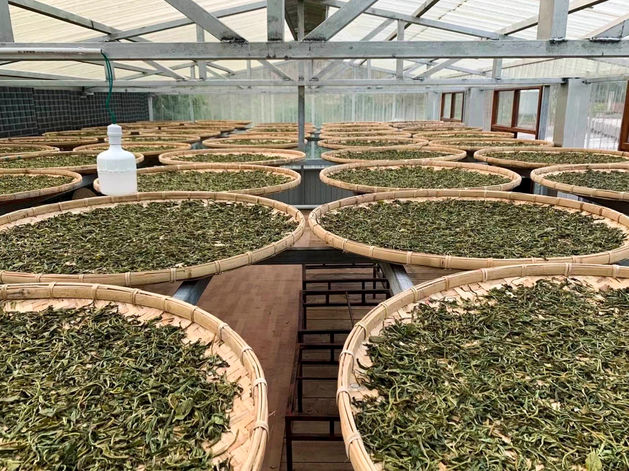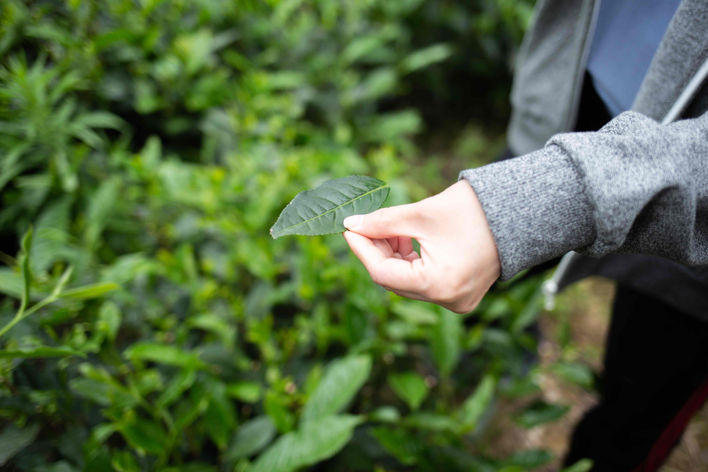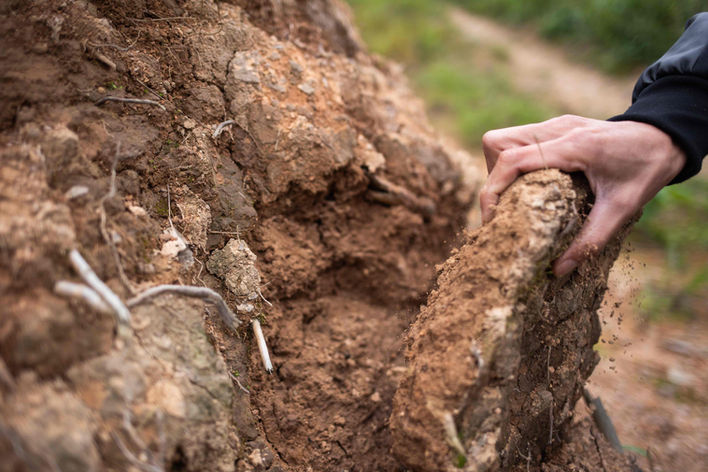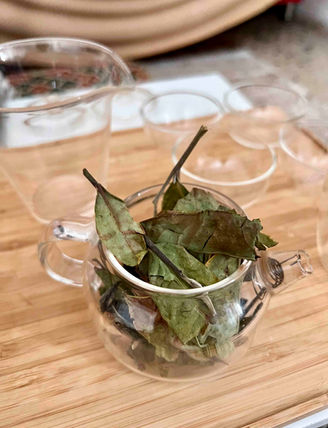
תה לבן
תה לבן, כפי שאנו מכירים אותו כיום, התפרסם בסין ובמערב רק בשנות האלפיים, על אף כי מדובר בגרסה גולמית ואינטואיטיבית של תה אשר ראה אור עוד בימיו הראשונים של תה בסין לפני למעלה מאלפיים שנה. הפקתו הפשוטה לכאורה, הכוללת שלבי ייבוש בתנאים שונים, יכולה להטעות, שכן תה לבן אמיתי נחשב למלאכה דקדקנית ומורכבת שכמעט ואיננה תלויה במכשור וטכנולוגיה. תה לבן סיני מקורו בהרי פודינג שבקצה מזרח מחוז פוגי׳אן, אך גרסאות רבות ומעניינות לא פחות שלו ניתן למצוא כיום גם ביונאן ומחוזות נוספים בסין, טייוואן ואזורי גידול נוספים ברחבי העולם.
תה לבן סיני
עם הביקוש מגיע גם ההיצע, וכיום תה לבן בסין סובל מתג מחיר יחסית גבוה ממתחריו, בייחוד באזורי הגידול המפורסמים, וכן מ-״קטיף יתר״, בעיה מוכרת אצל כל תה שהמערב שם עליו את עיניו. צמח התה, קמליה סינית, מצמיח עלים רב השנה ותאורטית זמין לקטיף מספר פעמים בשנה, אך אחד מכללי הברזל בהפקת תה סיני רבתי, הוא לקטוף מעט ככל האפשר ובעת הנכונה, בכדי להפיק את התה באיכות הגבוהה ביותר. ההכרעה בין כמות לאיכות היא דילמה של מגדלים רבים, ולמעשה עושה הפרדה גסה בין תה מסחרי לתה בוטיק. ההשלכות של יכולות להיות מרחיקות לכת, לכן היכולת לסווג ולתמחר באופן מדויק ואמין תה כה פופולארי, חשובה שבעתיים.
אזורי הגידול

פודינג
פוג׳יאן
לינצאנג
יונאן
בדומה לתה פואר, תה לבן ברב המקרים יהיה מיועד להתיישנות, כלומר השבחה ע״י אחסנה בתנאים ייעודיים, והערכה מחדש של שווי התה בהתאם. בהשוואה לתה לבן צעיר, תה לבן מיושן מתאפיין בעלים כהים ויבשים יותר, משקה בגוונים של אדום וכתום, סיומת מתמשכת (אפטר טייסט) ארוכה ומתוקה יותר, וגוף מלא יותר. התה יאבד מהרעננות והבושריות שמאפיינת תה לבן בהיר, אזכורי עשבים ופרחים המאפיינים תה צעיר וטרי. הליך ההשבחה נגרם כתוצאה מתסיסה איטית של עלי התה, כאשר יש חשיבות רבה לא רק לתנאי האחסון, אלא גם לגימור העלים ואופן אריזתם. התצורה המקובלת לאחסון תה לבן הינה דחיסת העלים לצורת ״עוגת תה״ עגולה, והיא לקוחה גם כן מעולם הפואר, ומקורה בהיסטוריה עתיקה בת אלפי שנים.
התה הלבן שלנו
בשל ביקוש רב, חיקויים אינספור ותג מחיר גבוה, רכש של תה לבן בסין הוא עניין מורכב. מגדלים מנוסים לרב לא יספקו סחורה של עלים שלא התיישנו לפחות 3-6 חודשים במפעל, ולעיתים אף לא יסכימו על מחיר סופי טרם חלף פרק זמן זה, שהוא הקריטי ביותר בסיווג תה לבן. לכן, בדומה לתה אולונג, הליך הסיווג והרכש של תה לבן יכולים לקחת זמן רב אשר תלוי בעיקר בניסיון והמומחיות של הסוחרים. על מנת להבטיח את איכות התה ו- value for money גבוה, אנו נוהגים ליישן את המוצרים למשך שנה עד שלוש ולדגום אותם פעמים רבות לפני מכירתם.
מאז פריצת משבר הקורונה בשנת 2020, כאשר התחלנו לרעות בשדות זרים ולהרחיב את הידע והיצע התה שלנו מחוץ לגבולות סין, התה שהרוויח יותר מכולם הוא התה שמצריך, כאמור, הכי מעט אמצעים לשם הפקתו, וכך החלו לצוץ ניסויים מרתקים של גידול והפקת תה לבן במוקדים שונים ברחבי אסיה. מאז ועד היום שיתפנו פעולה עם עשרות מגדלים מחוץ לסין, במטרה לגלות ולפתח יחד גרסאות נדירות של תה לבן בתאילנד, גאורגיה, הודו, טייוואן ואפילו יפן. כך למעשה, תה שהיה בשולי המחקר שלנו בתחילת הדרך, הפך לאחד ממוקדי העניין העיקריים בעשייה שלנו, ולמאפיין בולט בטעם וההיצע הדינמי של אוסף התה העונתי שלנו, כולל כמה אוצרות השייכים לאוסף הפרטי שלנו וניתן להשיגם בסטודיו בלבד.




























































